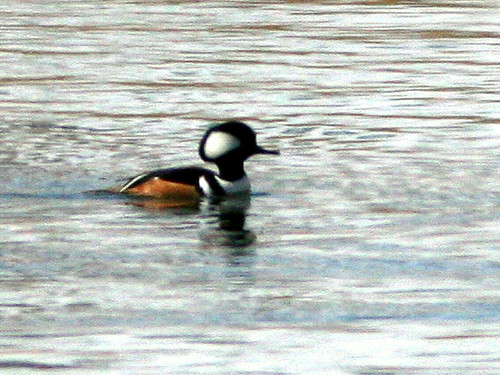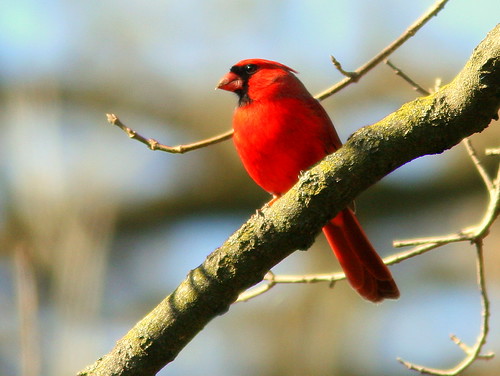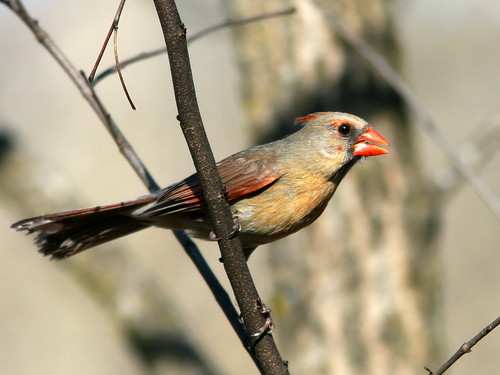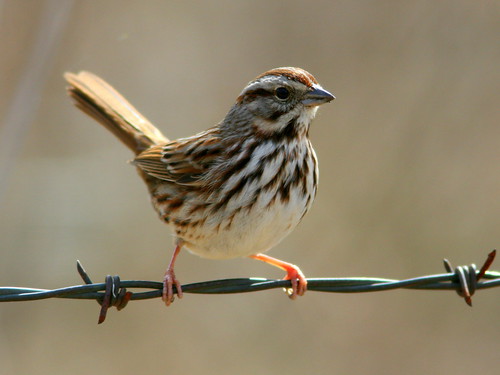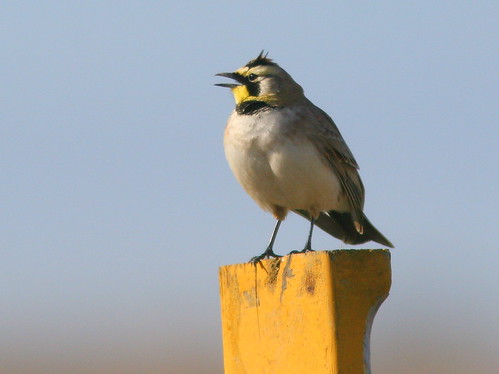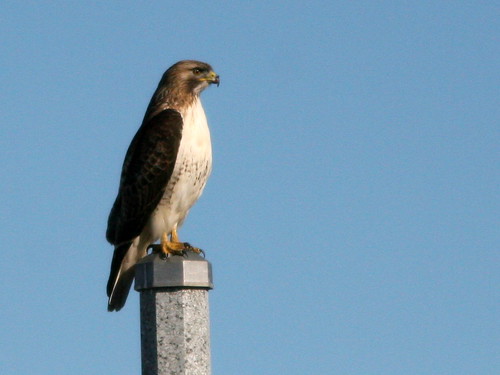Some important family business caused us to fly up to Illinois in early March, a month earlier than usual. It has been our practice to delay our return to coincide with the onset of spring migration (and our granddaughters’ dance recital!). Although temperatures dropped below freezing almost every night, we were surprised that most days were sunny and mild.
Although the landscape appeared brown and barren, there were certain signs of the change of seasons. During the weeks prior to the arrival of spring, ducks were suddenly present in most bodies of water near our second home.
A pair of Common Goldeneyes race down Fox River at Lippold Park in Kane County, Illinois: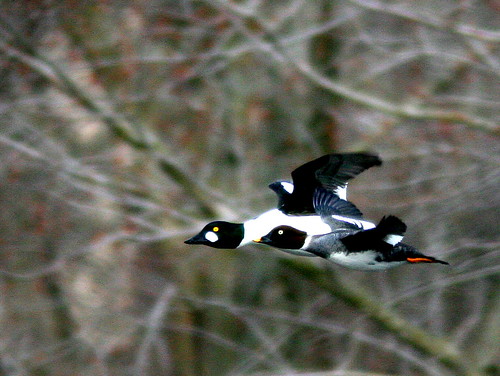
A lone female shows off her “golden eye:”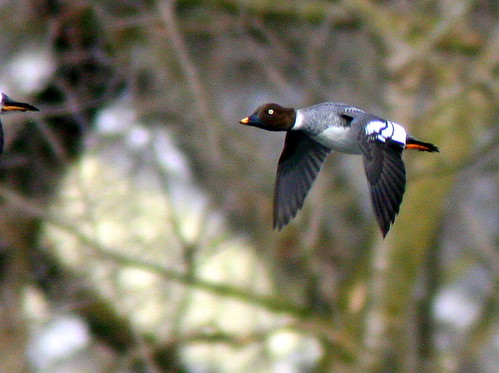
In a small pond near our condo, the sun behind this Canvasback accents its unique profile: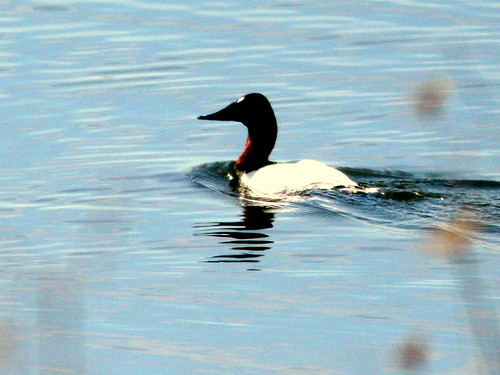
A pair of Lesser Scaup swims nearby…
…along with a Hooded Merganser:
As they have done for the past eight years, American White Pelicans, on their northward journey, stopped off at Nelson Lake. The plates or “horns” that protrude from their bills signify the approach of the breeding season:
The woodlands along the lake harbor several White-breasted Nuthatches. Here, one assumes its typical pose:
A male Northern Cardinal had been engaged in a lovely duet with his mate, until we interrupted his singing. Here he eyes us suspiciously:
Unlike most perching birds, female cardinals sing a descant while the male leads. This one shows considerable wear on her tail feathers, which will be retained until after the nesting season:
A Song Sparrow provided us with an unusually good view:
In the prairie west of the lake, an Eastern Meadowlark gives us a “salute:”
On the first day of spring, snow blankets the abandoned construction site in front of our condo in North Aurora, IL. Only days earlier, I watched as a female Horned Lark completed construction of its nest, about 50 feet out from our doorstep: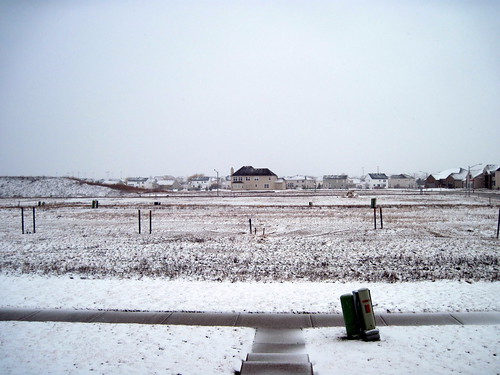
Using our car as a blind, we watched the male Horned Lark sing from the ground near the nest site: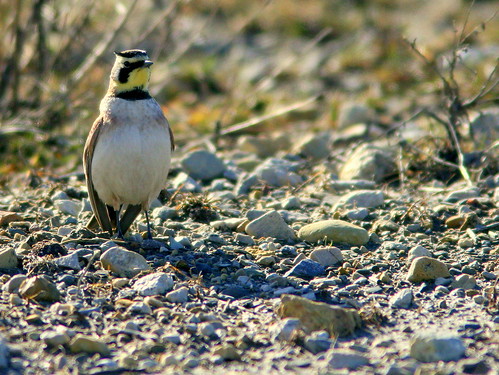
Continuing to sing, he then flew up on a post right in front of us. We were surprised at how “fat” he looked:
This Red-tailed Hawk, with an unusually light breast, has an active nest nearby:














